Yard Grading and Resloping Services
Proper yard sloping directs water away from foundations and prevents water damage to property.
Techniques include cutting, filling, and contouring the yard to achieve optimal slope for drainage.
Resloping can restore proper drainage, improve yard appearance, and prevent erosion.
The process involves assessment, planning, equipment use, and finishing touches for a smooth, effective slope.

A professional grading yard during resloping.
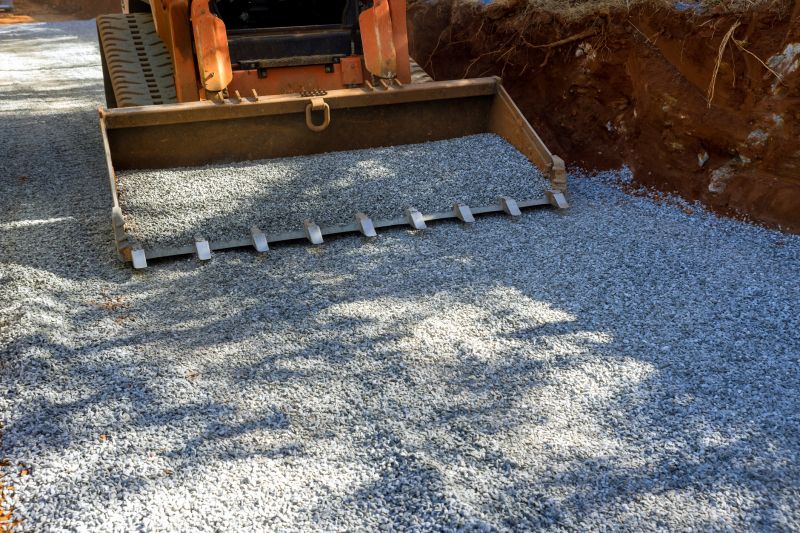
Heavy machinery shaping the landscape.
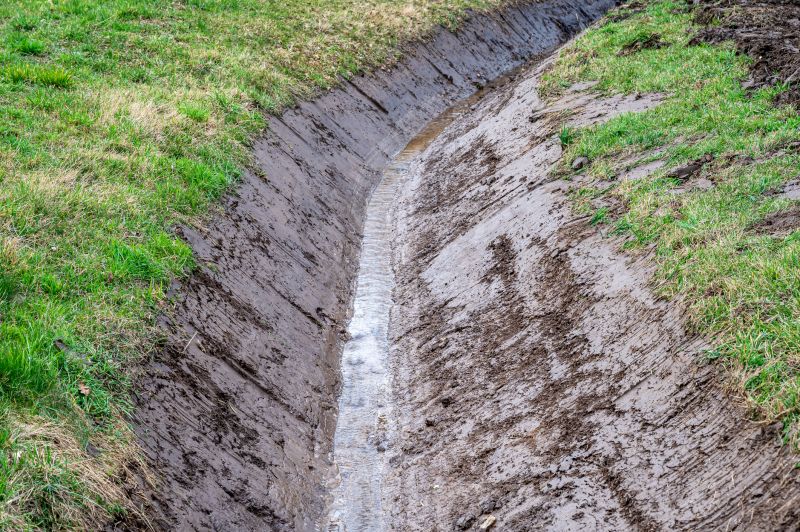
Finished grading with proper drainage slope.
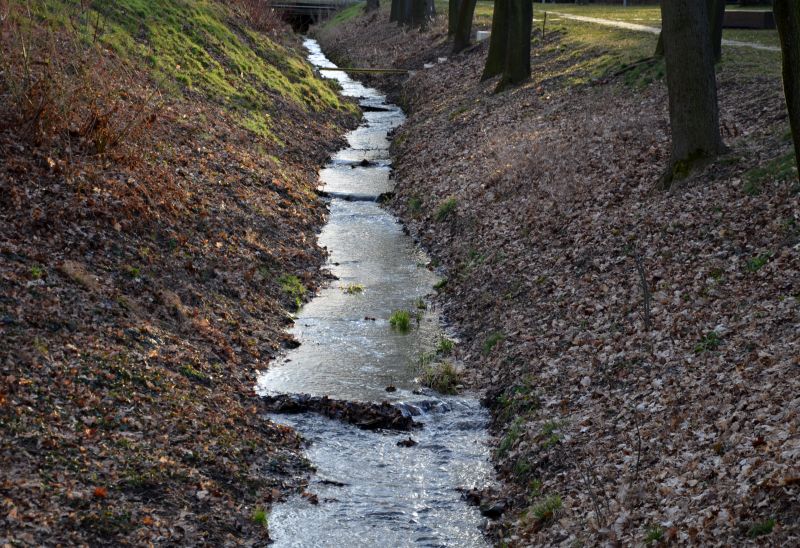
Planning the slope to optimize water runoff.

A home yard with proper slope.

Large-scale grading for commercial spaces.
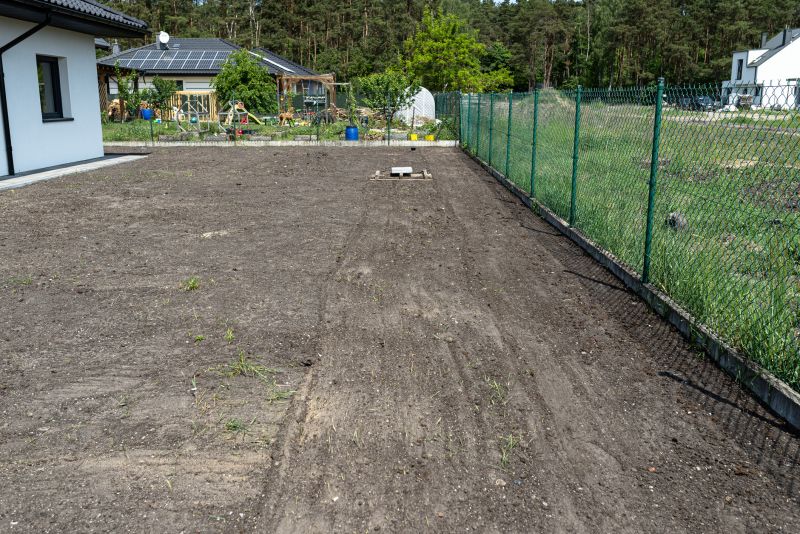
Preparing soil for effective grading.

Finishing the slope for optimal drainage.
The process of grading or regrading a yard typically involves initial assessment, excavation or filling, contouring, and finishing. Depending on the size and complexity, the work can take from a few hours to a couple of days. Heavy equipment such as skid steers, bulldozers, and graders are commonly used to shape the landscape efficiently.
Proper equipment ensures precision and a smooth finish, which is crucial for effective water drainage and yard stability. The duration and scope depend on the yard's size, slope requirements, and existing conditions. Professional grading guarantees a consistent and functional slope that enhances property value and prevents water-related issues.
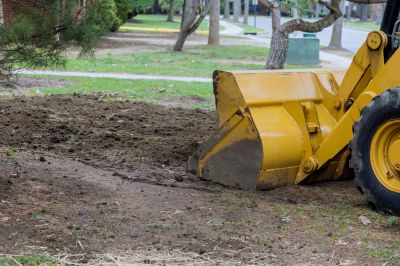
Heavy machinery used in yard sloping.

Initial evaluation of yard slope needs.
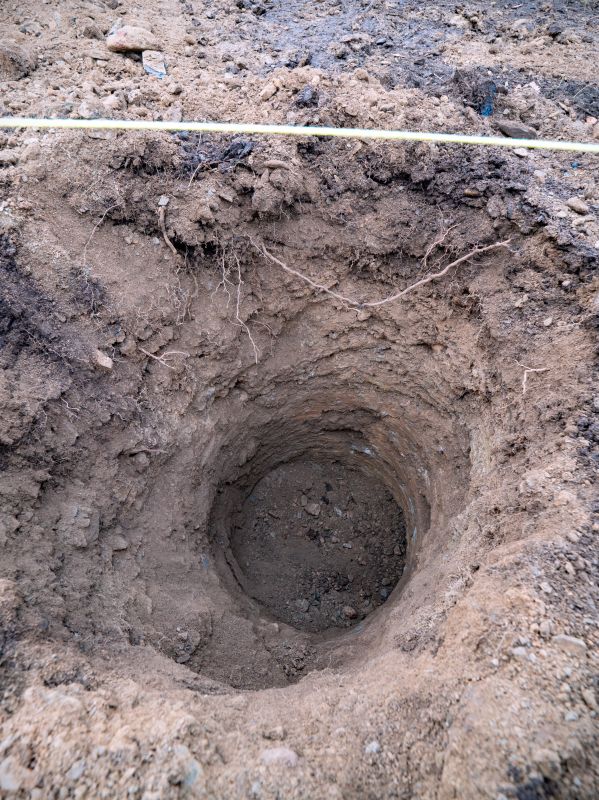
Shaping the yard for optimal drainage.

Achieving a smooth, effective slope.
Residential yard sloping improves drainage and prevents water pooling near foundations, while commercial grading supports large-scale landscape management and stormwater control. Both require careful planning and execution to ensure effective water flow and yard stability.
Professionals tailor the grading process to specific property needs, considering soil type, yard size, and existing landscape features. Properly graded yards contribute to the longevity and appearance of the landscape, reducing maintenance and repair costs over time.
